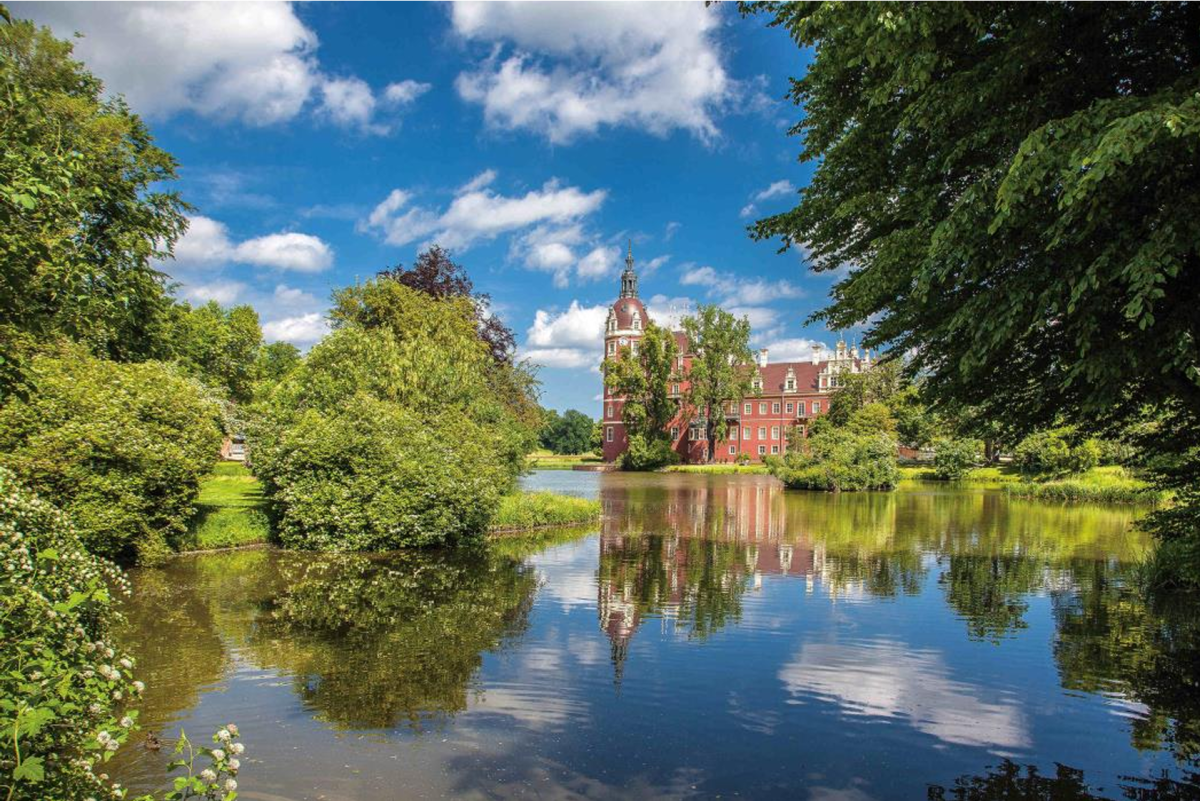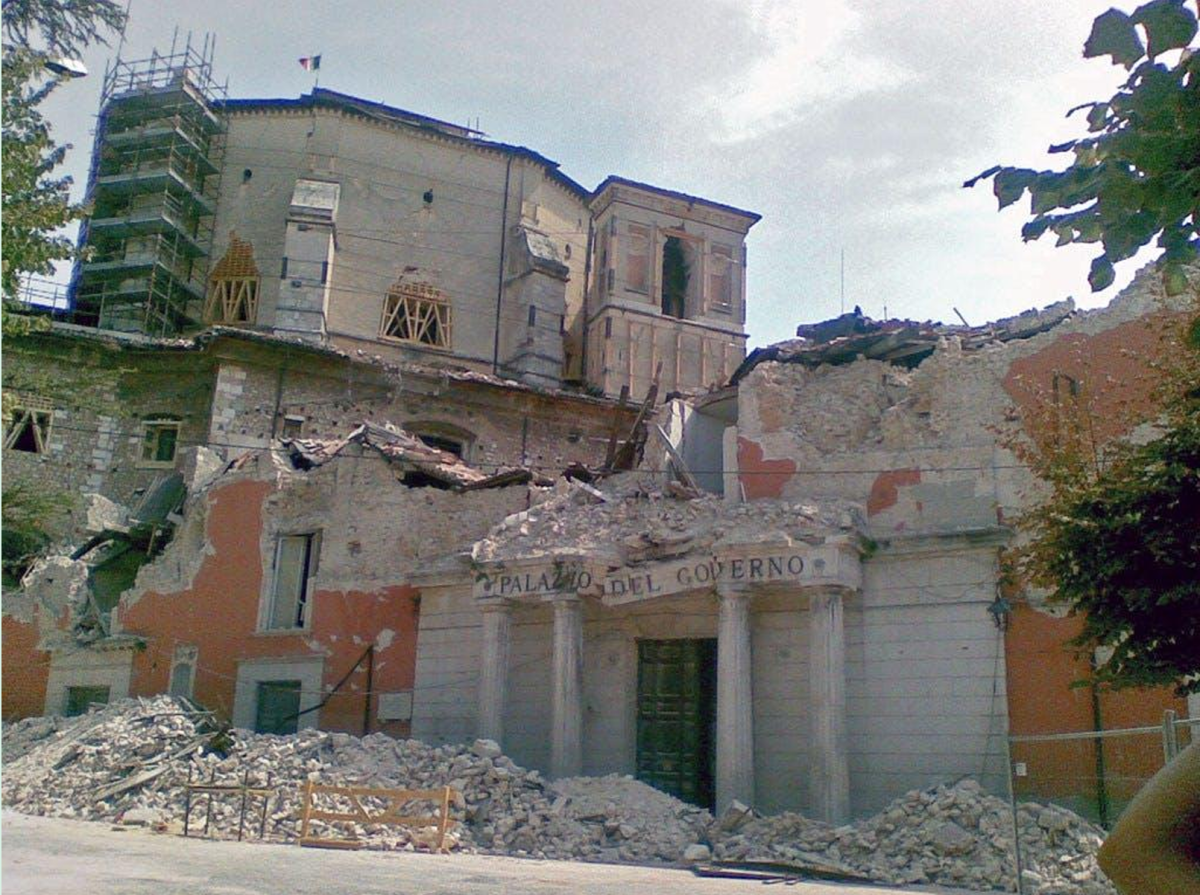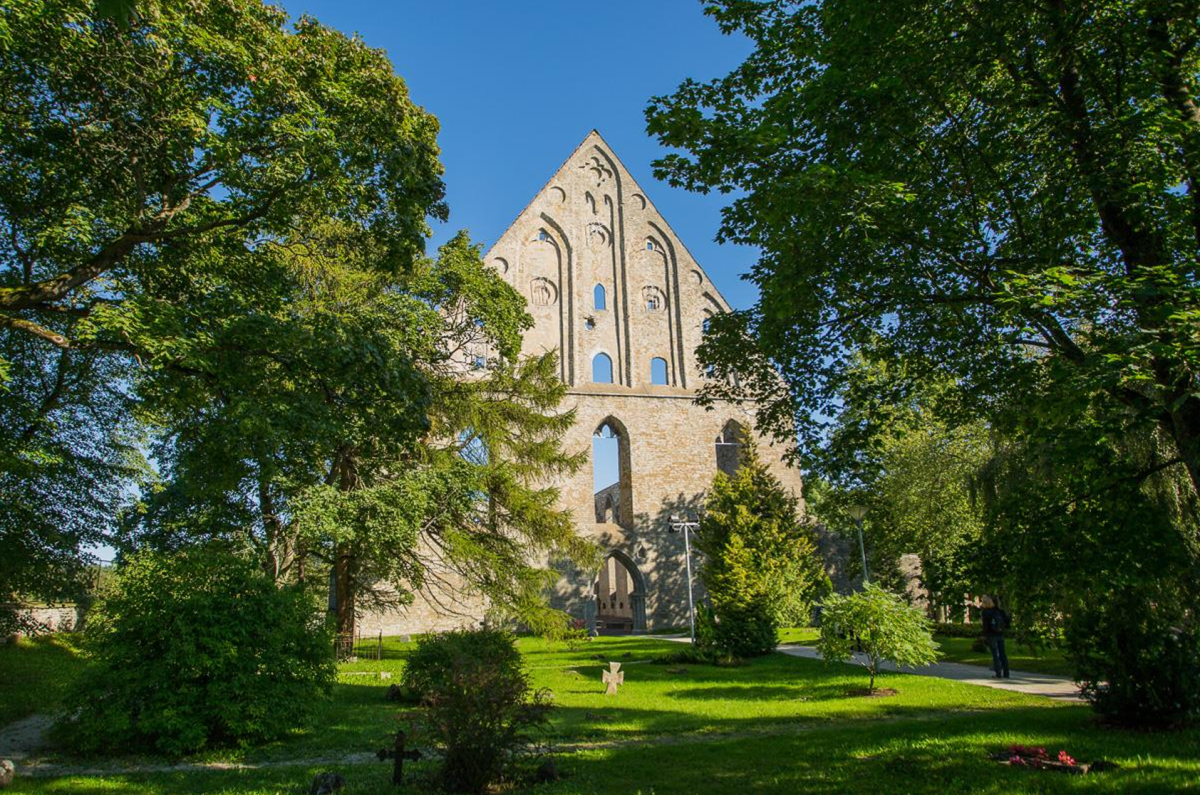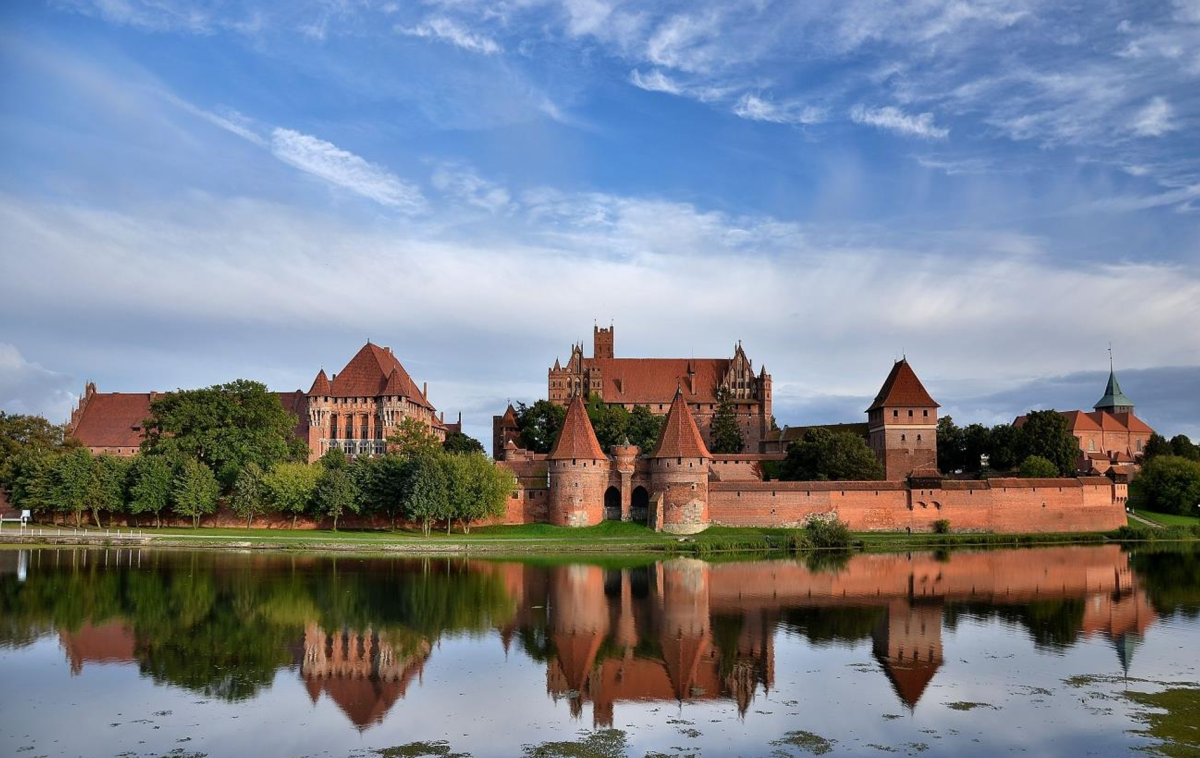According to the Ukrainian Ministry of Culture and Strategic Communications, as of April 2025, 1419 cultural heritage sites and 2233 cultural infrastructure facilities have been damaged in Ukraine, in 18 out of 24 regions and Kyiv. 409 monuments were completely destroyed.
Rebuilding heritage in Ukraine over the following ten years will require USD 524 billion — roughly 2,8 times the country's estimated nominal GDP for 2024, as noted in the fourth Rapid Damage and Needs Assessment (RDNA4), jointly undertaken by the World Bank Group, the Government of Ukraine, the European Commission and the United Nations.
The new report, titled "Case studies on cultural heritage funds in Europe", was published by the European Commission to support the Ukrainian Ministry of Culture on establishing a transparent, effective and sustainable Ukrainian Heritage Fund for the protection and restore of war-impacted heritage.
“Heritage protection is an act of resilience”, as stated by Glenn Micallef, Commissioner for Intergenerational Fairness, Youth, Culture and Sport. In his forward of the Report, he noted that "Ukraine’s culture and heritage are a living expression of both national and European identities". He concluded:
“Protecting Ukraine’s past and present is not only a duty. It is a strategic investment in the future of Ukraine and Europe.”
EU heritage support range from institutional to emergency funds
Case studies showcase nine heritage best practices from Poland, Germany, Estonia, UK, Italy, Croatia and France.
They are categorised as institutional, incentive-based or emergency-response mechanisms of cultural heritage. They are cross-examined over their governance models, funding mechanisms, operational structures and accountability safeguards.
100% EU Funding for International Collaborative Research on Climate & Heritage in Poland
For instance, the Polish National Fund for the Protection of Monuments derives from administrative penalties on non compliance with heritage policies and on court-imposed penalties for damaging monuments.

In addition to state funding, the Fund participates in international projects supported by EU funds. One such is the TRIQUETRA project. It was launched in 2023 to develop a toolbox on assessing and mitigating climate change risks and natural hazards threatening cultural heritage. It has a total budget of nearly EUR 4 million, entirely (100%) financed by Horizon Europe.
EU emergency Response in Croatia, France, Italy and Poland
Since the 2020 earthquakes, Croatia has established an Emergency Cultural Heritage Funding. The country has achieved to restore over 100 heritage buildings, combining European Union Solidarity Fund (EUSF), national and municipal resources.
Ad-hoc mechanisms also mobilized EU funds to restore historic buildings, after the earthquakes in Italy (2009, 2016, 2017) and after the floods in Poland (2024). For example, in response to the earthquake in l’ Aquila, Italy, in 2009:
“the European Union provided EUR 493.7 million from its Solidarity Fund to support reconstruction efforts in the Abruzzo region”

Key lessons from Common Best Practices
Although countries’ systems are shaped by their unique historical, economic, and institutional context, “several shared practices emerge that contribute to effective and sustainable heritage preservation”.
Governance - Effective governance models combine central state with local authorities and involve independent experts’ bodies and stakeholders, such as in the Prussian Cultural Heritage Foundation (SPK) and the Estonian National Heritage Board (NHB).
Funding - Sustainable funding models focus on autonomy and flexibility, while bridging the gap between state institutions and private donors. Art Bonus in Italy employs a public-private hybrid model, where individuals may donate and receive up to 15% credit on their taxable income. So far, it has gathered more than 47 000 contributions and 2790 registered institutions. It has facilitated EUR 1 061 581 202 in private donations, allowing for the implementation of 7300 cultural projects including heritage restoration.

Operations - Implementation models require tailoring solutions according to institutional infrastructure. For instance, grant-giving organisations like the UK National Lottery Heritage Fund and Fondation de France “do not implement projects directly but fund external partners through structured selection processes". In contrast, "state heritage bodies in Estonia and Poland apply hybrid models, combining internal oversight with outsourced delivery”.
Accountability - The Notre Dame Public Establishment employs a three-tier accounting system, reinforced by an Audit & Investments Committee. All funds studied, from state-run bodies to philanthropic foundations and hybrid schemes, highlighted the importance of robust accountability and transparency mechanisms to support ethical integrity.
Background
The creation of the Ukrainian Heritage Fund was included in the Uzhhorod Declaration ‘Declaration on Strengthening the Resilience of Ukraine’s Cultural Sector’ to support the restoration of the country’s cultural heritage.
The report was prepared for the European Commission by the authors of the European Expert Network on Culture; Arthur Le Gall, Aleksandra Cwik-Mohanty, Martin Clarke and Dr. June Taboroff, Daryna Zhyvohliadova.
Find more here
Images Credits:
Image 1 © Gregy - View of Malbork Gothic Castle, Malbork, Poland, 13th Century. Courtesy of the Report “Case studies on cultural heritage funds in Europe”.
Image 2 © “Fürst-Pückler-Park Bad Muskau” – New Castle and Lake Lucie, Bad Muskau, Poland. Courtesy of the Report “Case studies on cultural heritage funds in Europe”.
Image 3 © World Monument Fund – Historic Center of L’Aquila after the earthquake, L’Aquila, Italy. Courtesy of the Report “Case studies on cultural heritage funds in Europe”.
Image 4 © Photo by Aron Urb - View of Ruins of Pirita Monastery, Tallinn, Estonia. Courtesy of the Report “Case studies on cultural heritage funds in Europe”.











